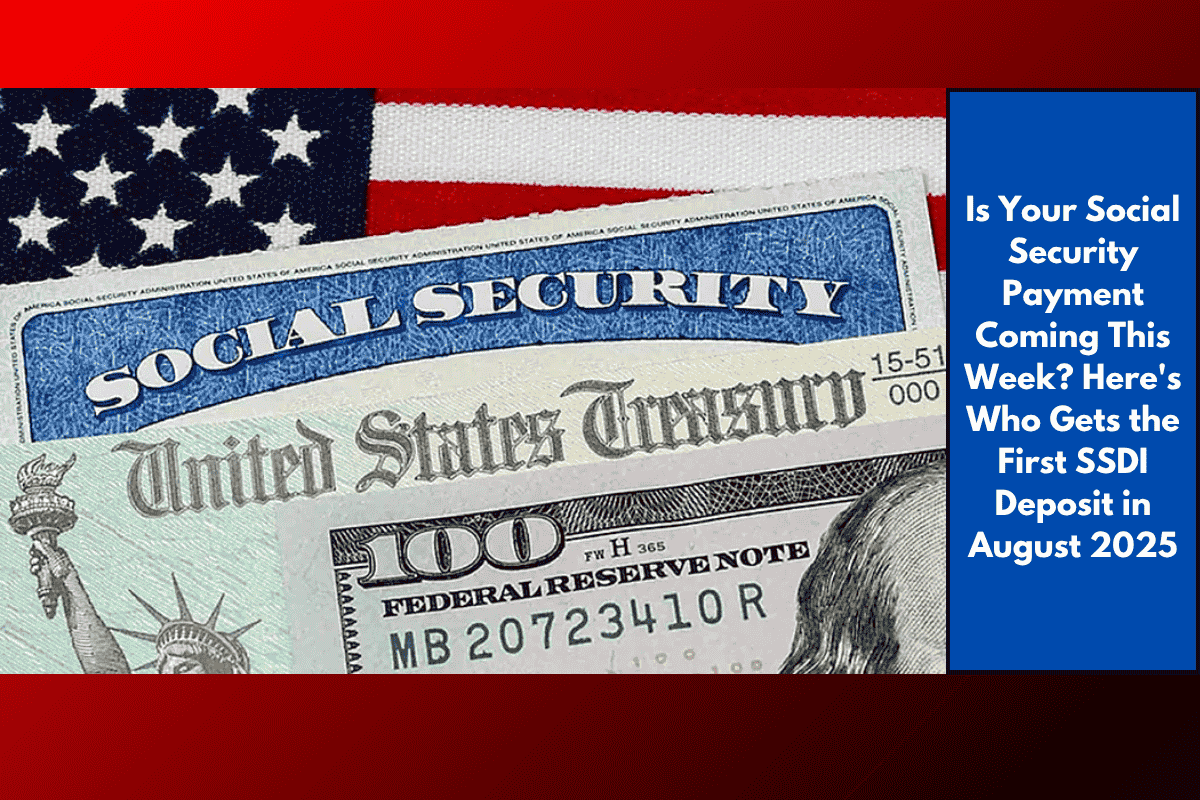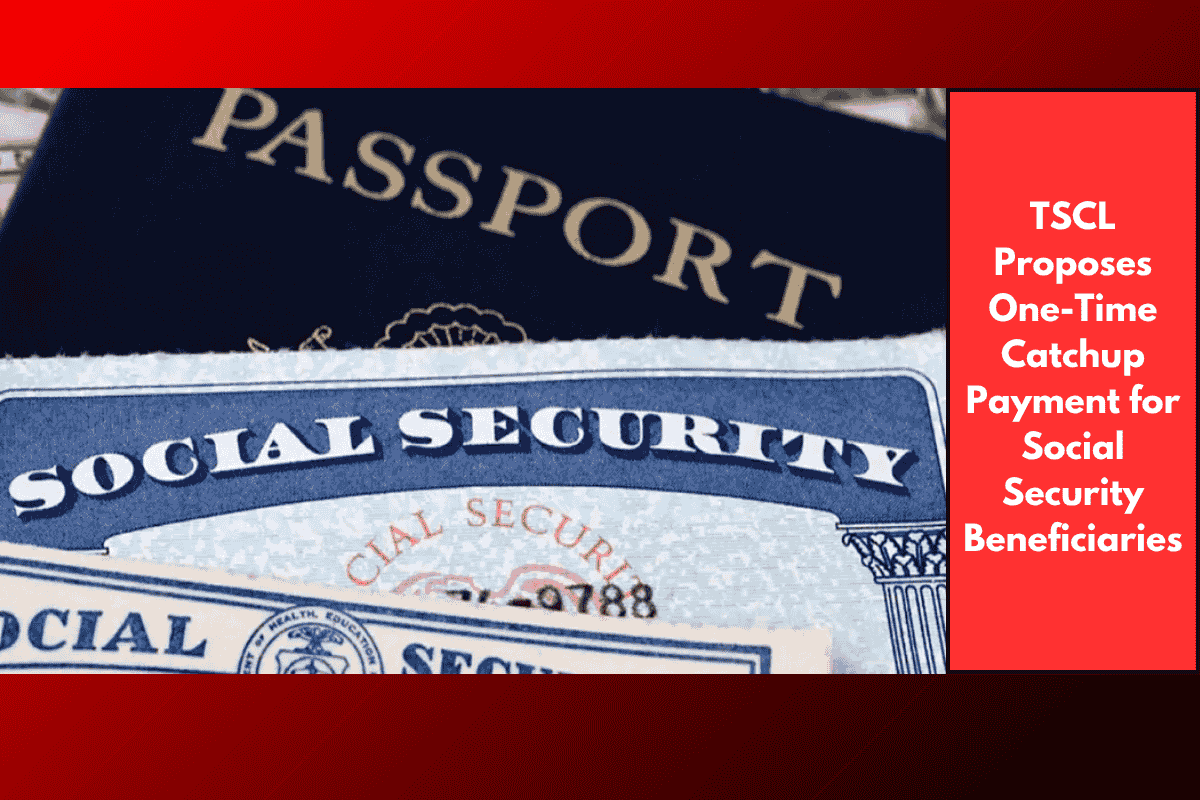Getting your SSI payment on time can sometimes feel like a puzzle, especially when holidays or weekends shift the dates. The Social Security Administration (SSA) has a system to make sure your payments come on time, but sometimes it can lead to a “double payment” month followed by a “skip” month. Don’t worry – you’re still getting your payment every month; the date just changes based on the calendar.
The Key Rule You Need to Know
If the 1st of the month falls on a Saturday, Sunday, or federal holiday, your payment will come early — specifically, on the last business day of the previous month. This prevents any delays in getting your funds but can make the payment schedule look odd. For example, you might get two payments close together in one month and then none the next.
Let’s take a closer look at the 2025 payment schedule and how these shifts will play out.
2025 SSI Payment Calendar: How the Dates Shift
The Social Security rule is simple: If the 1st falls on a weekend or holiday, your payment will arrive early, on the last business day of the previous month. Here’s how it looks in 2025:
Double Payment Months:
May (includes June’s payment)
August (includes September’s payment)
October (includes November’s payment)
December (includes January 2026 payment)
Skip Payment Months:
January (paid in December 2024)
June (paid in May)
September (paid in August)
November (paid in October)
So, in February, since February 1st is a Saturday, your payment will be early, landing on Friday, January 31st. Then February has no payment.
How Much Will You Get in 2025?
The federal SSI payment has been increased by 2.5% for 2025 due to inflation. The maximum monthly payments are:
$943 for an individual
$1,415 for a couple
But remember, these are the maximums. If you have other sources of income or resources, your actual payment might be lower.
SSI Eligibility: What Do You Need to Qualify?
To qualify for SSI, you must be:
65+ years old, blind, or have a disability that prevents you from working and is expected to last at least a year or be terminal.
Then, the income and resources test comes into play. For 2025, the limit for an individual is $1,971 per month. They also consider your resources, such as:
Savings accounts
Stocks
Second car
But your primary home and usually one car are not counted.
The resource limit is $2,000 for an individual and $3,000 for a couple.
You also need to be a U.S. citizen or a qualified non-citizen (e.g., certain green card holders, refugees, or military veterans). For children applying due to disability, the parent’s income and resources will be considered.
How to Apply for SSI
You can apply online through the SSA’s website at ssa.gov/apply/ssi. However, if you need help with medical records or financial documents, or if you’re applying for a child, you might want to call 1-800-772-1213 (or 1-800-325-0778 for TTY). When you call, the date you make that call becomes your official application date. This is important because benefits usually start from that date, so applying early can protect your back pay.














